Qasr Harrana (Arabic: قصر حرّانة), sometimes Qasr al-Kharana, Harana, Qasr al-Harrana, Qasr al-Haranah, Haraneh, Khauranee, or Hraneh, is one of the best-known of the desert castles located in present-day eastern Jordan, about 60 kilometres (37 mi) east of Amman and relatively close to the border with Saudi Arabia. It is uncertain when the palace was constructed, but it likely originates from the Umayyad Dynasty. An inscription on an upper wall dates the building to before 710 CE. A Greek or Byzantine house may have existed on the site. The purpose of the building is a subject of debate among scholars. Theories as to the qasr's purpose include a Crusader's castle, a military stronghold, agricultural outpost, and resting place for caravan travelers. The current scholarly consensus is that the building was used as for meeting between local Bedouin leaders.
In later centuries the castle was abandoned and neglected. It suffered damage from several earthquakes.
Hill published the first known written reference to the qasr in 1896.[1] It is difficult to pin down the exact date of the palace’s construction. There were several stages of construction. The first phase includes the entire ground floor and the western side of the first floor. The second phase includes rooms on the southern and eastern sides of the first floor. The third phase, which was not completed, includes the unfinished rooms in the northwest corner of the first floor.[2]
While it is unknown exactly when the structure was first built, we do have a terminus ante quem. In a large room on the west side of the first floor, there is a small inscription which states it was written on November 24, 710 CE.[3] This inscription dates the end of the first phase of construction of the palace.
There are three Greek inscriptions, which are illegible. One hints at a military title, and another contains a “V” which may be a Roman numeral. These inscriptions point to the existence of more inscriptions which have since been lost or disfigured. The source of the stones which contain these inscriptions is unclear. While it is possible that there was a building at the site which predated the qasr, the stones may have also originated from markers in the desert. These three inscriptions are not enough evidence to confirm the existence of an earlier building.[2]
In 1895, Hill visited the site. He gave a fairly accurate description of the palace, although he misread his compass and said the south entrance was on the east facade. He incorrectly labeled the ventilation slits in the walls to be arrow slits, as would have appeared in a military fortress. Hill identified some of the rooms in the first floor as “chapels with little Norman arches in the upper parts of the rooms, and Christian devices”. This led to his conclusion that the building was a Crusader’s castle, “intended to be used as a stronghold and water store between Umm Moghr and Asrak”.[1]
Alois Musil, a Czech geographer, visited the site in 1898, 1900, and 1901. He was convinced that the building was used as a fortress. In an effort to justify this, he included battlements in his schematic drawings and baselessly claimed that they had been torn down so that their stones could be reused as weapons.[2]
In 1922, Antonin Jaussen and Raphael Savignac published a description of Qasr Harrana in their Mission archéologique En Arabie,[4] which has been praised as a "scholarly landmark".[5] In 1946, Nabia Abbott published a full translation and analysis of the inscriptions at Qasr Harrana.[3] This was instrumental, as early explorers had been unable to translate the entire text. Her translation allowed the building to be dated to 710 CE at the latest.
In the late 1970s the palace was restored. During the restoration some changes were made. A door in the east wall was closed, and some cement and plaster was used that was inconsistent with the existing material.[6] Stephen Urice wrote his doctoral dissertation on the castle, published as a book, Qasr Kharana in the Transjordan, in 1987 following the restoration.[2]
 Interior of Qasr Harrana, showing Sassanid influence
Interior of Qasr Harrana, showing Sassanid influence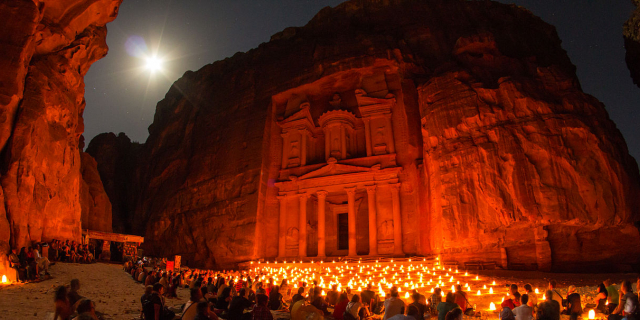

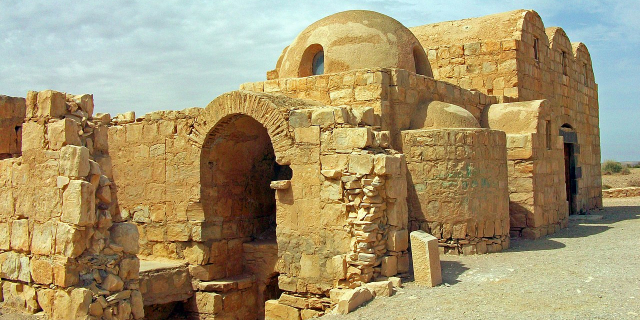

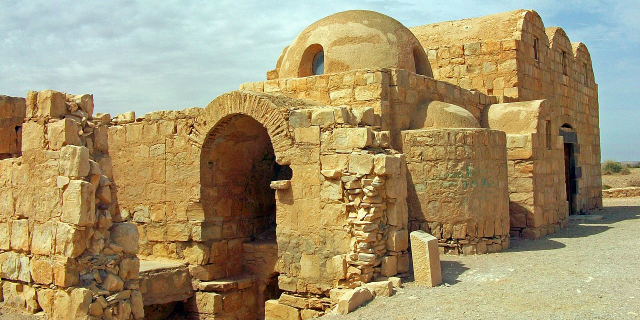

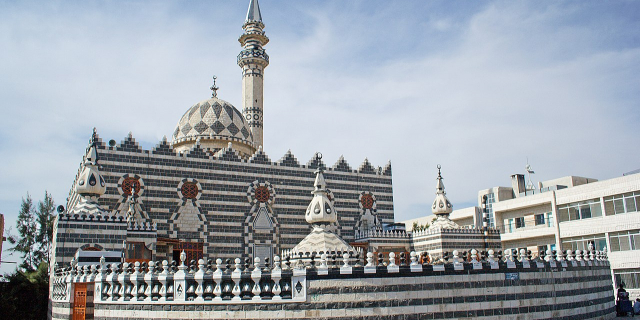

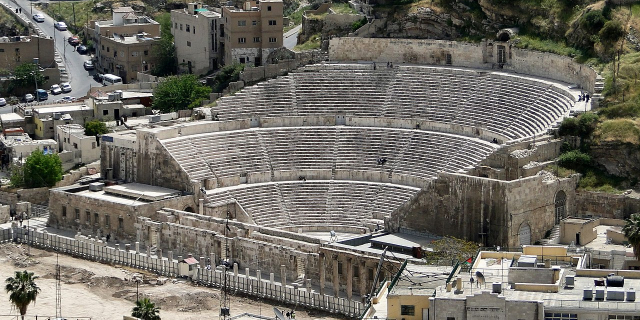

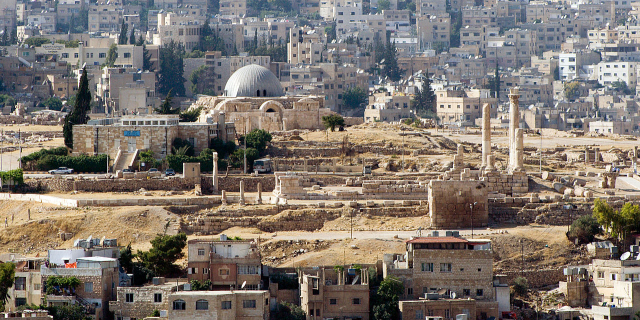
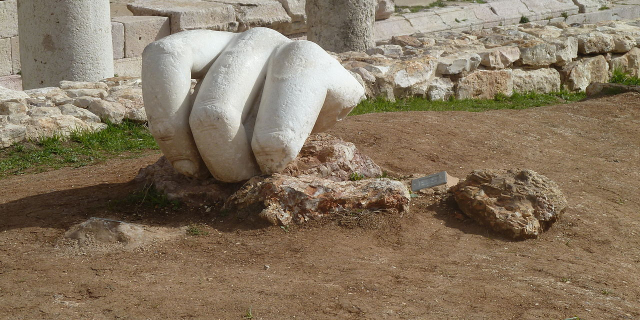
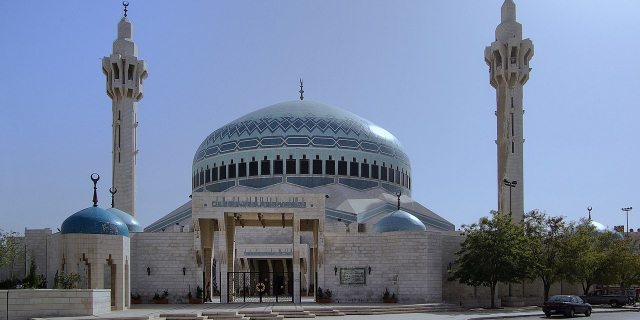
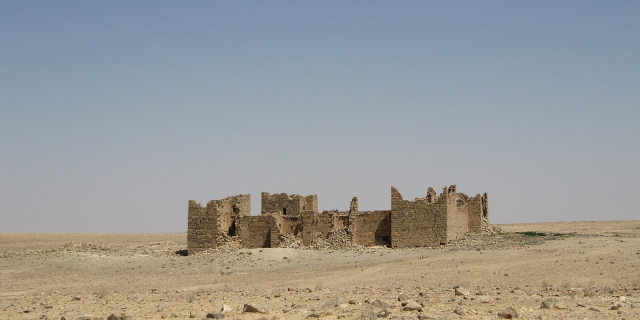
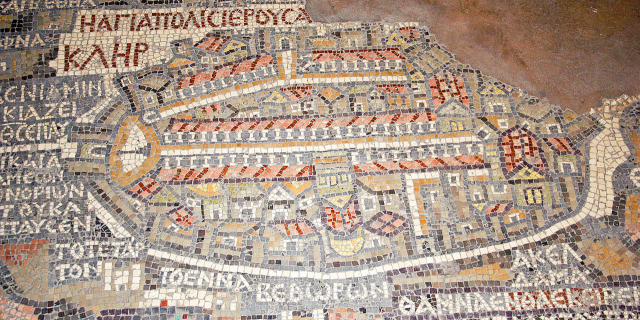
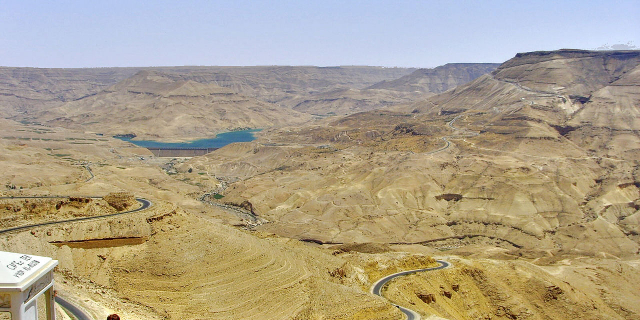


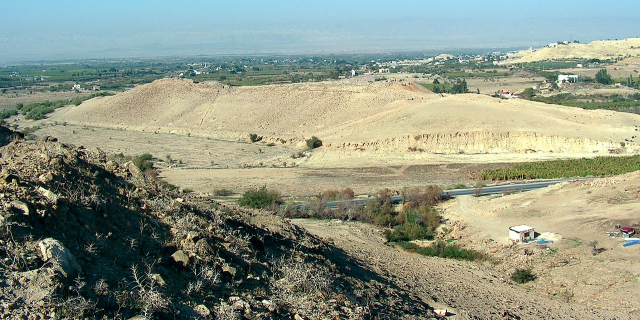

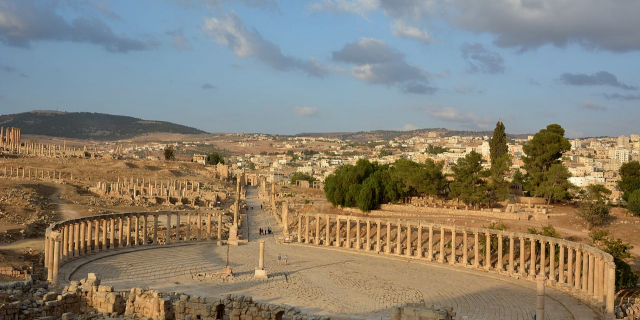



Add new comment